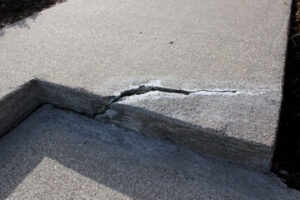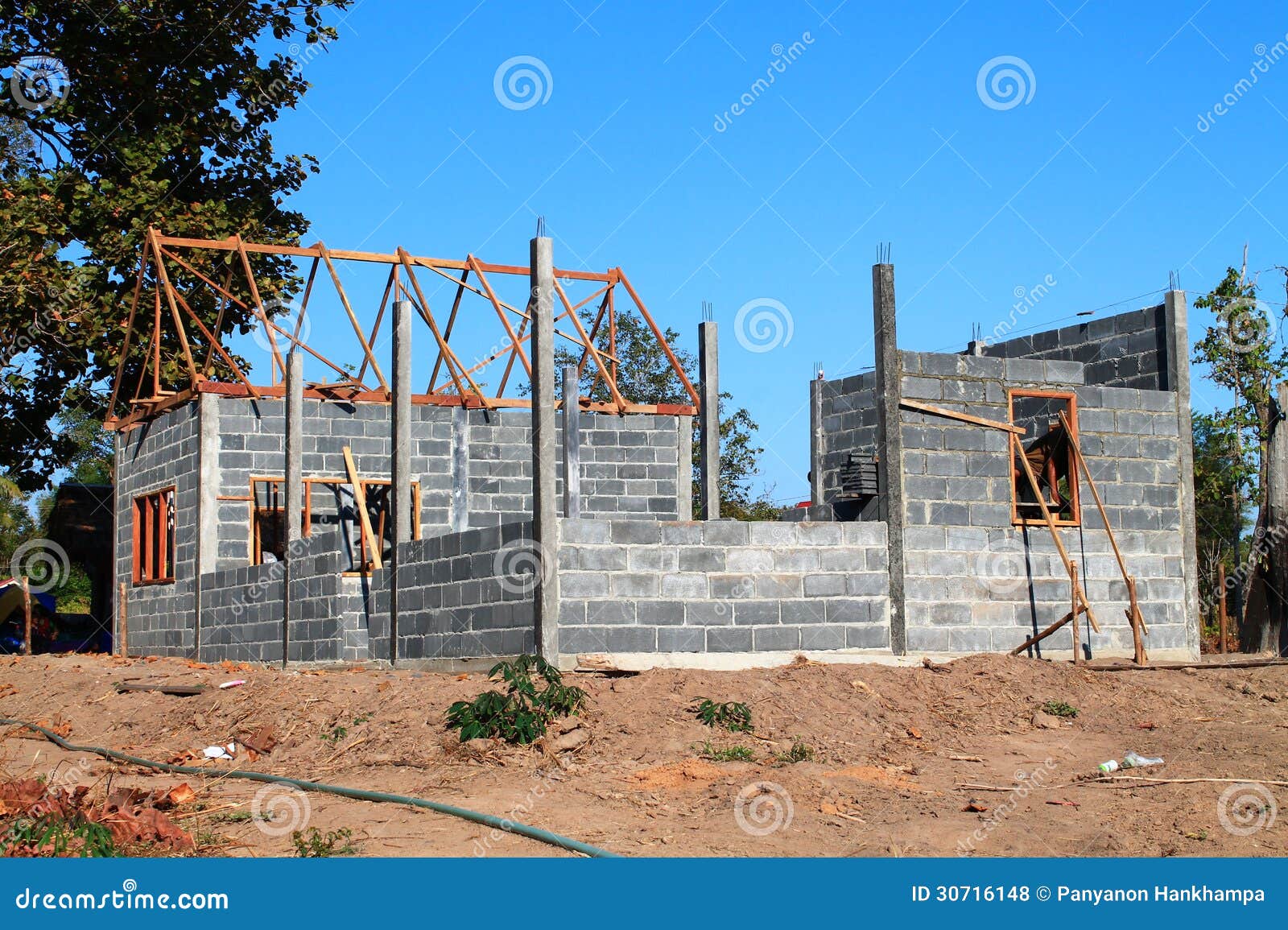Concrete repair is less invasive, more affordable, and quicker than replacement. There are several standard repair methods, such as epoxy injection.

Another option is the stitching method, which involves drilling holes around a crack and installing large staple-looking metal units to keep it from expanding. Carbon fiber wraps are often used as corrosion inhibitors. To learn more, visit https://www.concreterepaireauclaire.com/.
Cracks in concrete are easy to spot and can be a nuisance, but they also indicate the need for structural repairs. Cracks must be repaired properly to prevent further damage, a safety hazard or insect infestation. This is not a job for the novice.
Depending on the cause of the cracking, professional concrete contractors can suggest repair methods such as epoxy injection, hydraulic cement or dry-pack mortar. Prestressing steel can also be used to add a compressive force to cracks and reduce the risk of further damage.
To repair cracks in concrete, first clean out the damaged area by scraping and sweeping the debris. This is particularly important if the crack is near a sewer line or other utility line. Next, the surface must be roughed up and cleaned using a wire or stiff-bristle brush. The surface should then be thoroughly wet to ensure a good bond between the crack and the concrete patch material. Finally, the crack must be cleaned and soaked with a solvent such as mineral spirits before beginning the concrete repair.
If the crack is narrow, it can be filled with a masonry concrete crack filler sold in a cartridge designed to fit a caulking gun. If the crack is wide, it may need to be chiseled out and stuffed with foam backer rod before filling with concrete crack patch material.
For concrete repairs, it is best to use a product that is as close in performance and composition to the original concrete as possible. The concrete should also contain less water than the original mix. This will reduce shrinkage and the tendency for the new concrete to loosen or crack as it cures.
For very large cracks, a special procedure may be necessary. These cracks often occur in concrete slabs that are heavily trafficked or subject to severe loading conditions. They can also be caused by expansion or contraction of the concrete due to temperature changes or by deicing salts. These larger cracks are usually better repaired with a full replacement of the affected concrete.
Repairing Loose Joints
Concrete joints that are loose or not filled properly can lead to slab movement and cracking. They can also collect dirt, pebbles and other debris, which makes them a magnet for moisture. The best way to repair these joints is by using a joint caulking system, such as Vulkem 45 SSL or Vulkem 116 Caulk, backer rod and finishing sand. This prevents water penetration and allows the joints to expand and contract without damaging the concrete.
Many warehouse floors have control joints that are unfilled and prone to damage from wheeled traffic or forklifts. When these unfilled joints are exposed to hard, heavy traffic the concrete will chip away and eventually erode. This causes the floor to become uneven which causes damage to the equipment and a dangerous condition for workers who are operating vehicles or riding on forklifts.
These problems can be caused by poor slab construction, incorrect concrete mix and unfilled expansion joints. Oftentimes these control joints are repaired by pouring epoxy into the voids, but this is a temporary fix that quickly fails. A more permanent solution is to use a polyurethane foam injection method, such as Polyjacking, to raise sunken concrete and stabilize soil.
A good concrete repair material is one that has low shrinkage, and a high bond strength to the concrete. The best repair materials have a portland cement base with different types of polymers added, which give the material a higher performance and durability. The best repair materials are also easy to work with, so that they can be placed into tight spaces or corners of the damaged concrete.
Before applying any repair material to a concrete surface, it’s important to clean the area with a power washer or scrub brush. Make sure to thoroughly rinse the surface after cleaning, and allow it to dry before continuing. It’s also a good idea to prime the area with KwikBond’s Polyflex primer. This will improve adhesion and help reduce bubbling of the repair, and will also extend the life of the repair.
Lastly, before the concrete repair product is applied, it should be tested for slump and hardness. A simple impact hammer can be used to evaluate the hardness of the new concrete. If the test results are below the required values, a higher quality concrete repair product should be used to ensure the integrity of the repairs.
Repairing Slabs
Slabs in concrete are prone to damage from freeze-thaw cycles, strain caused by the slab settling, and trauma from heavy equipment or vehicles. The severity and quantity of slab cracks determines whether repair or replacement is required. While some cracks only affect aesthetics, others can lead to water intrusion and structural deficiencies. Slabs may also be unleveled, which creates tripping hazards and is a sign of subgrade problems. NexusPro can be used to fill and seal cracks in concrete slabs, as well as to restore control joints and level the surface.
Slumps in slabs can be filled with additional concrete or self-leveling concrete compounds, but this is not a permanent solution and will continue to sink due to natural concrete expansion and contraction. If the slab is in a low area, it is recommended to raise it with a lift.
Larger cracks in slabs can be repaired by a technique called concrete stitching. This involves placing a long, thin metal brace along the crack’s length to add strength and prevent it from widening. Crack stitching can be very effective, but it is typically reserved for situations where tensile forces are causing the crack.
Smaller craters or honeycomb areas in slabs can be cleared by sawing the concrete open, blowing or brushing away any loose material, and then patching with a standard repair mix. This mix should be designed to bond with existing concrete, and many hardware stores sell liquid chemical additives that help new repair mixes adhere to old concrete.
Cracks in slabs can be filled with epoxy that is poured into the crack. This type of epoxy is highly resistant to tensile forces, so it can be used to stabilize a cracked slab and prevent further damage. For best results, the epoxy should be poured into the crack using a high-pressure pump so that it is completely saturated with the epoxy and has no air pockets.
Replacing concrete can be a complicated project that requires extensive planning and adherence to building codes. It also takes over a week to replace a slab and 28 days before the slab can bear weight again. Repairing is much faster and simpler, and is usually more cost-effective than replacement.
Repairing Floors
Whether it’s an industrial facility, warehouse, parking garage or home, concrete floors and slabs need to withstand heavy traffic and impact damage, chemical spills, freeze-thaw cycles, erosion, and other environmental factors. Fortunately, there are special materials and methods for repairing these surfaces, so they’re strong, durable, and long-lasting.
Repairing cracks in floor slabs is typically done with either a crack injection or concrete floor filler. Before doing any crack repair, the floors should be clean and dry. Oil, dirt and debris should be removed with a power washer or solvent such as a Mapei acid etch, and the entire surface should be misted with water to prevent it from drying too quickly.
Once the cracks have been cleaned and allowed to dry, the concrete can be patched with a synthetic material like epoxy resin or urethane. After the repair mortar has been applied, a trowel can be used to even it out with the existing concrete. If you’re repairing an indoor floor, the mortar can be covered with a sheet to prevent it from being touched or exposed to sunlight, which can cause it to yellow.
Hollow spots in concrete surfaces, whether it’s a driveway, pool deck, basement or indoor floor, are often caused by air or water getting trapped in the slab during the pouring process, resulting in voids. Unless they’re repaired, these spots can detach from the slab and chip away over time. They can also cause problems when trying to grind or polish the concrete or lay down an epoxy or aspartic coating.
To fix these hollow spots, you can use a concrete patching compound such as Sakrete QUICK-FIX. This product can be mixed with silica sand, fumed silica or Portland cement to patch divots, gouges and cracks. It can also be tinted with a Nox-Crete color tint pak, ground up concrete or organic dyes to achieve better color matching to existing surfaces. After applying the QUICK-FIX, it can be broom finished, misted with water and then protected with Sakrete Top ‘N Bond to help ensure that the patch is properly cured.
